Application
Application form
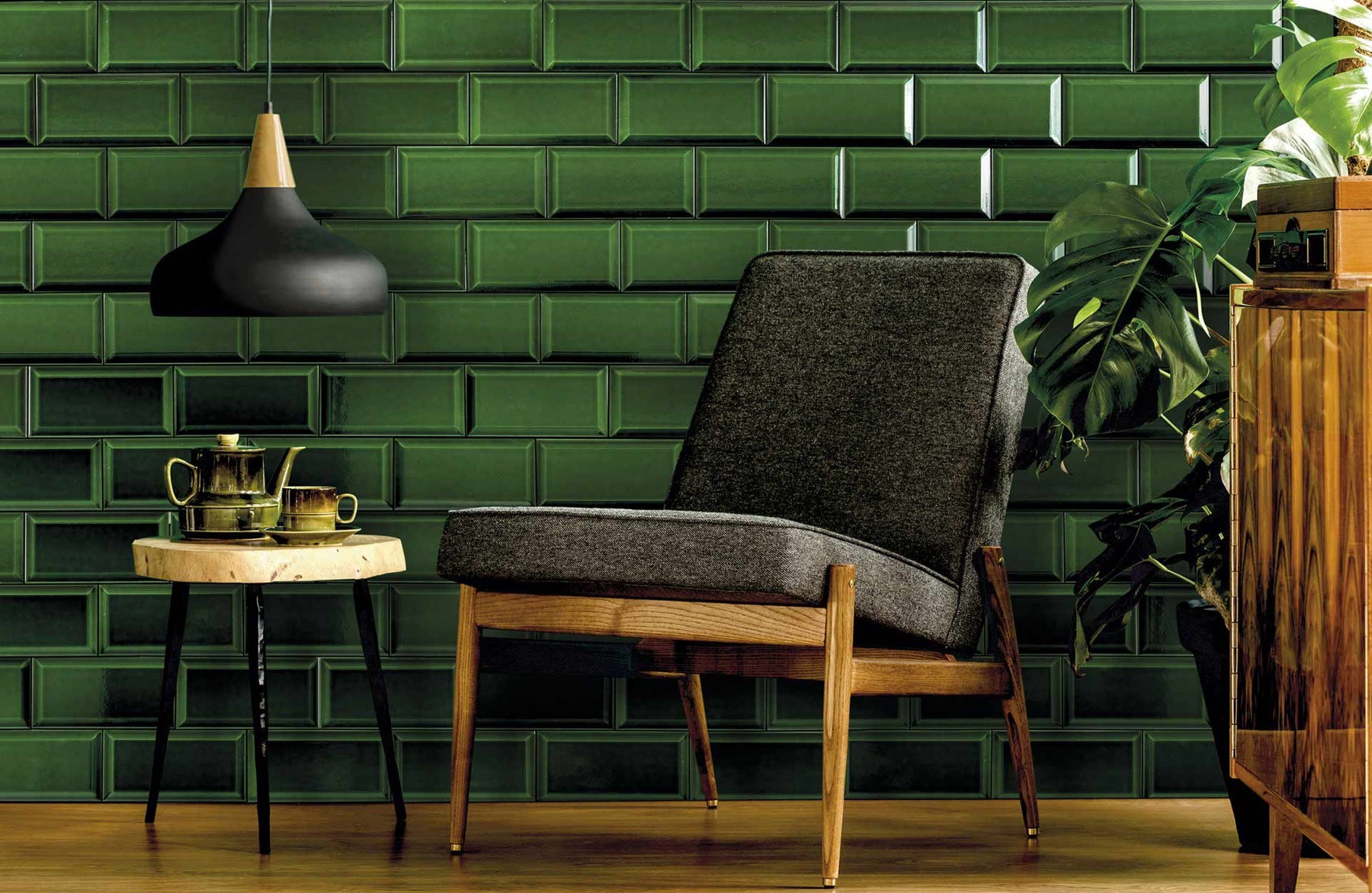
When it comes to tiling options, understanding the differences between subway and metro tiles can be crucial for making the right design choice. A classic question we often encounter is, ‘Subway vs metro tiles, what’s the difference?’ Simply put, while both have their roots in transit system aesthetics, subway tiles offer a traditional brick pattern look, whereas metro tiles bring additional sophistication with optional bevelled edges. This article will guide you through the historical context, design variations, and applications, helping you to make an informed decision for your space.
Unveiling the Mystique: Subway Tiles vs. Metro Tiles
Peeling back the layers, subway and metro tiles have a rich history that dates back to the early 20th century. Their resurgence in home design can be attributed to their timeless allure, affordability, and their fit into a wide variety of personal tastes. Originally designed for New York’s first subway station by George C. Heins and Christopher Grant La Farge, subway tiles encapsulated Victorian-era values of cleanliness.
Fast forward to today, these rectangular wall tiles have transcended their original use and have found their way into our homes, adding unique charm to various spaces, from full-wall applications to stylish accents.
The Tale of Two Tiles
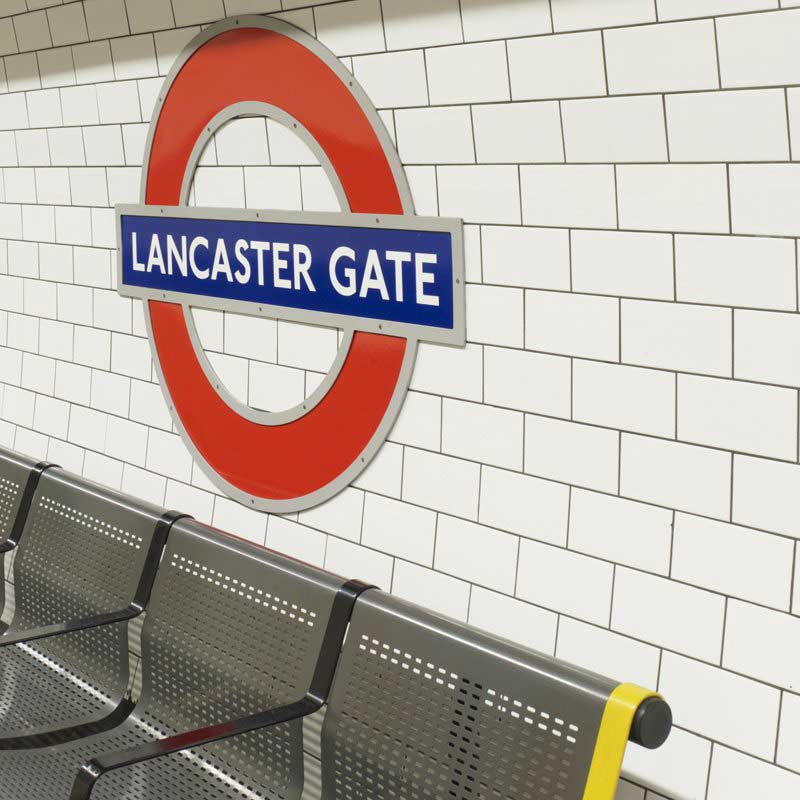
While both subway and metro tiles have their roots in public transportation systems, their differences lie in their design. Known for their classic brick bond appearance, subway tiles echo the image of traditional brickwork.
On the other hand, metro tiles have evolved over time, moving away from their original flat brick shape to options with a subtle bevelled edge, adding a touch of sophistication to their design.
From London Underground to Your Bathroom Wall
Metro tiles have come a long way since their origins in the London Underground. Once seen as a practical solution for public spaces, they’ve made a stylish transition to private homes, impressing homeowners with their versatility and aesthetic appeal.
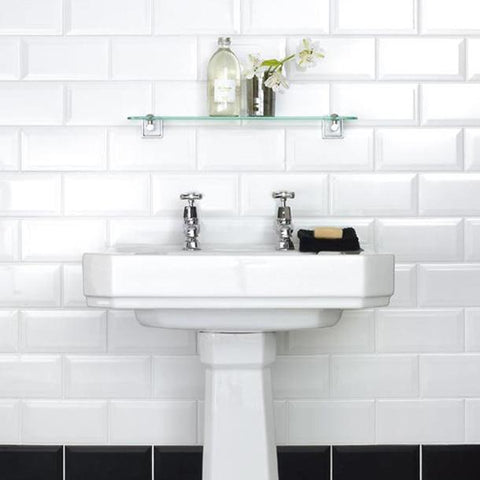
The New York City Spark: How Subway Tiles Got Their Shine
Subway tiles have a special spark, and that spark was ignited in the New York City subway stations. Their use in these iconic spaces marked a pivotal moment that fuelled their popularity as a design element beyond the transportation sector.
Designed by George C. Heins and Christopher Grant La Farge in 1904, the first subway tiles were favoured for their:
Crafting Spaces: Using Subway and Metro Tiles in Interior Design
Today, subway and metro tiles are no longer confined to subway systems or bathrooms. Their adaptability across different home environments has opened up countless design possibilities. Some ways you can use subway and metro tiles in your home include:
The versatility of these tiles allows you to craft spaces that reflect your unique style and taste.
A well-considered arrangement of tiles can also influence the visual space within a room, such as:
To top it off, metro tiles brilliantly contrast with natural elements like wood, adding an industrial chicness to the space that complements a variety of interior décor styles.
Kitchen Splashback Brilliance
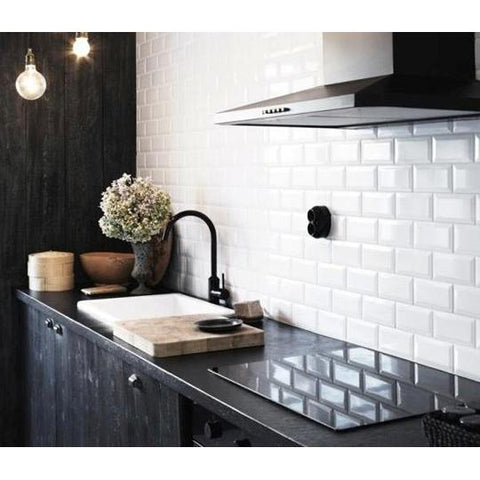
In the realm of kitchen design, subway and metro tiles have been making waves. As kitchen trends gravitate towards geometric patterns and vintage styles with contemporary interpretations, these tiles have proven to be a practical and stylish solution for kitchen splashbacks. Their durability and effortless design appeal protect your walls against water damage while adding a touch of elegance.
Whether you choose to add mosaic patterns or opt for contemporary metro tile options like non-bevelled edges in bright, glossy colours, these tiles can significantly enhance the style of your kitchen. White metro tiles combined with green metro tiles offers up a sophisticated look that will enhance any kitchen.
Bathroom Elegance with a Twist
In smaller spaces like bathrooms, glossy metro tiles can work wonders. They:
Feature Walls and Fireplace Surrounds
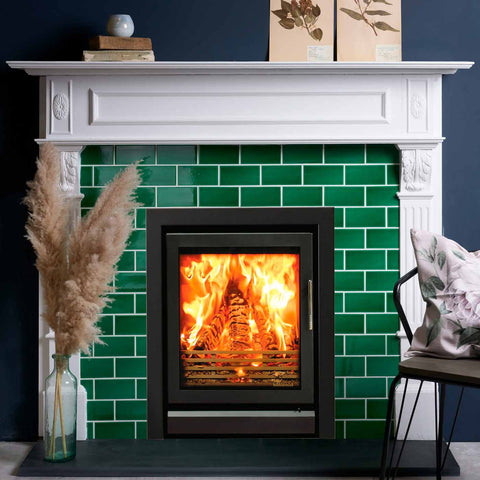
Subway and metro tiles are not just for splashbacks in kitchens and bathrooms. They have evolved to become a powerful design element for feature walls in any room. These tiles, when used on feature walls, offer the following benefits:
Furthermore, when used around a fireplace, these tiles can enrich the focal point of a room with texture, colour, and pattern, adding a touch of elegance.
Subway Tile Styles: Reflecting Personal Taste and Trend
Subway tile styles reflect contemporary design trends, including textured designs and metallic finishes. As we step into 2024, these styles are gaining popularity, enabling individual expression in home styling.
The vintage charm of subway tiles contributes to their enduring popularity and current resurgence in home design.
Textured Subway Tiles: Adding Dimension and Interest
Texture is another exciting trend in subway tile styles. Textured subway tiles offer a new tactile experience and a distinct aesthetic dimension, especially in kitchens. These tiles introduce a unique visual appeal to any room, with designs that add both depth and tactile variability, sparking more interest compared to traditional flat tiles.
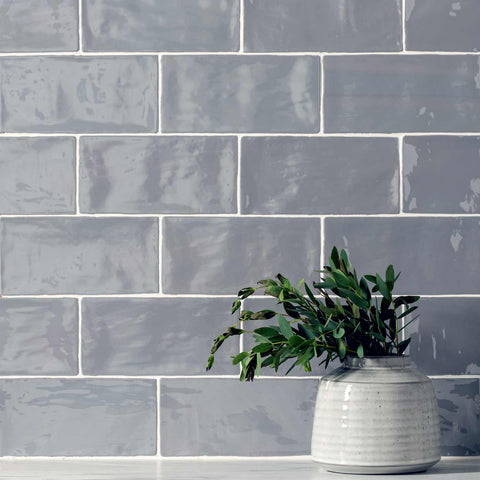
Designs featuring wavy patterns and diverse surface textures not only add dynamism to walls but also create captivating light plays as they reflect light differently.
Installation Insights: Laying Patterns and Practical Tips
When it comes to installation, subway and metro tiles are versatile in their laying patterns. Some popular installation formats include:
Precision is key when laying tiles in a herringbone pattern, and it is recommended to use tiles with two longer sides specifically for this pattern, as well as conducting a dry run before final installation. Achieving a professional-looking result requires meticulous planning and execution of the chosen laying pattern, being mindful of symmetry and alignment throughout the installation process.
Brick Bond Pattern: Classic and Timeless
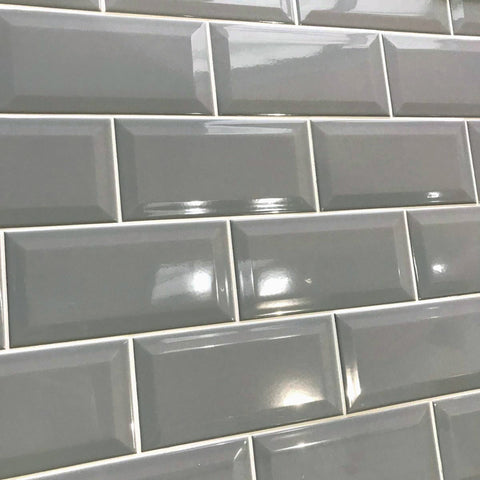
The brick bond pattern is the epitome of classic tile laying. To create this pattern, align the end of each tile with the centre of the tiles above and below, giving it an appearance reminiscent of traditional brickwork. Time-tested and popular, the brick bond pattern is a favourite choice for laying out subway and metro tiles.
Herringbone Hustle: A Pattern with Panache
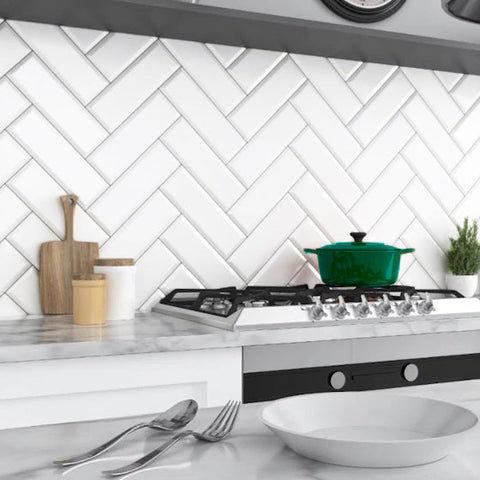
The herringbone pattern, on the other hand, offers a unique aesthetic. Created by placing the short edge of a tile against the long side of another, this pattern generates a zigzag effect that enhances the perception of space. Brick-style tiles, whether in classic neutral colors or bold hues, can be laid in a herringbone pattern to achieve various design outcomes, from an elegant kitchen splashback to a striking visual statement.
Larger format tiles employed in a herringbone arrangement allow for fewer grout lines, creating a more cohesive look while still providing dynamic visual appeal.
The Finishing Touch: Grouting and Edging Techniques
Once your tiles are laid out beautifully, the finishing touches are just as important. The grout colour can completely transform the look of metro tiles, and modern interior design trends often favour subtlety in grout colour choices.
For a successful grouting process, follow these steps:
Finally, the use of edge trim or profile provides a clean finish to tile installations, with 8-9mm being the standard size for metro tiles.
Grout Colours: The Subtle Art of Selection
The choice of grout colours can make or break the overall look of your tile installation. Here are some tips for choosing the right grout colour:
For patterned tiles, thin, neutral grout lines are recommended to ensure the pattern stands out without being overshadowed by the grout. If you’re going for a classic look with traditional white metro tiles, pairing them with dark gray or black grout can create a strong, brick-like effect.
Perfecting Tile Edges: Achieving Seamless Transitions
A polished tile installation finish requires seamless transitions and neat edges. Here are some options for achieving a clean and professional look:
For a more unified appearance, tiles can be custom cut to fit edges which allows for a consistent aesthetic throughout the tiled area. Cutting tiles precisely for edges ensures flush fitting with other surfaces such as where tiling meets walls or fixtures. The neatness of edges is also impacted by grouting techniques, with attentiveness to colour choice and application method playing a role.
Maintenance Matters: Keeping Your Tiles Timeless
While subway and metro tiles are known for their durability and timeless appeal, proper maintenance is crucial to keep them looking their best. They can be maintained easily with a regular wipe using a hot, damp cloth, and to further enhance their gloss, either leave to dry or buff with a soft towel.
Routine tile maintenance should include regular checks for dirt, stains, or cracks, and clean water should be used, making sure to refresh the solution often to avoid spreading dirt. Although tiles are generally durable, they can crack or chip if subjected to excessive force, weight, or neglect, so care should be taken to avoid heavy impact.
To reduce the transfer of dirt and prevent scratches and slips, mats or rugs can be placed in entryways. Some options to consider include:
In addition, using metro tiles, crafted from premium ceramic materials, assures durability and ease of maintenance, promising to remain beautiful and functional even in high-traffic areas when proper care is given. These ceramic tiles are an excellent choice for any space.
Longevity and Care: Following Manufacturer's Instructions
The longevity and appearance of subway and metro tiles largely depends on following the manufacturer’s specific care instructions. Manufacturers often provide guidelines on the best cleaning practices for tiles, which might include advice on cleaners that are safe to use and those that should be avoided to prevent damage. Protective measures might be recommended by the manufacturer to maintain the tiles’ integrity, such as using sealants on certain types of tiles.
Ignoring manufacturer’s care instructions can lead to premature wear and tear, affecting both the aesthetic and functional aspects of the tiles.
Summary
We’ve journeyed through the history, features, uses, and maintenance of subway and metro tiles, highlighting their versatility and timeless appeal. These tiles, with their rich history and contemporary adaptations, offer limitless design possibilities. Whether you’re seeking a classic brick bond pattern or a modern herringbone layout, these tiles can be tailored to your aesthetic preferences. With the correct maintenance and care, these tiles promise to remain a beautiful and functional element in your space for years to come.
Take time to browse the entire range of metro tiles at Tile.co.uk or get in touch to discuss your requirements in detail.
{"one"=>"Select 2 or 3 items to compare", "other"=>"{{ count }} of 3 items selected"}